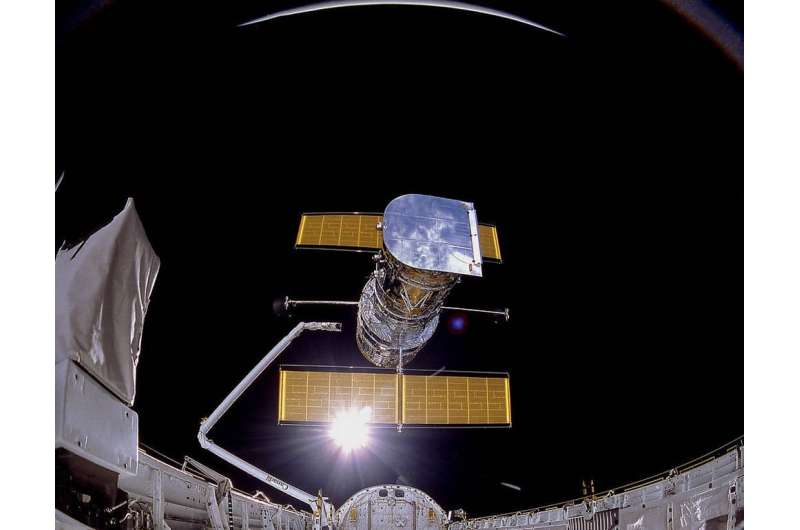
There are several important factors to consider with telescope magnification: magnification, true field, apparent field, exit pupil, and resolution. What Telescope Magnification Really Means Floaters, those bits of debris in our eyes, are mainly a problem when we use magnifications that produce very small exit pupils that accentuate their visibility. Those who suffer near- or farsightedness can simply remove their eyeglasses to use a telescope, since the instrument can be focused to compensate for either defect. (You may look silly to your companions at the dinner table, but it's great for reading the menu when you forget your glasses.)

You will probably see some improvement in resolution and depth of focus. Now place this opening close to your eye. The harder you push them together, the smaller the aperture will become. To see an example of this, make a diamond-shaped aperture by pressing your thumbs and forefingers together. Fortunately, the common ones can all be compensated when one uses a telescope.Īmong the most prevalent defects is astigmatism, which can be ameliorated with eyeglasses or by using only the small central area of our eye's pupil. Other defects vary from individual to individual. While our eyes are not perfectly color corrected, our brain processes out the errors. And this is without mentioning the wonder of stereo vision! Think about it: Our eyes have an automatic iris, automatic focus, an aspheric lens, a curved image surface, a chemical image intensifier, a windshield washer-wiper, and a lens cover, all as standard equipment. Eyesight: Glasses Off or On?Įyesight is an engineering marvel. Each segment of the journey plays a role in determining the telescope magnification range to use on a given night.

This range is not fixed, however, and depends on the nature of eyesight, the telescope's aperture and optical design, atmospheric conditions, and even the type and size of the object looked at.Ĭonsider the complete viewing experience: starlight passes through the atmosphere, through the telescope, and finally into your eyes. How high or low can you get your telescope magnification? The answers depend on many factors that combine to give each telescope a useful magnification range. Illustration by Kevin Sartoris / Sky & Telescope These include the atmosphere, telescope optical system, and our eye - and telescope magnification can make all of the difference.

The complete observing experience involves overcoming several impediments that lie between the starry heavens and the view we have of them.


 0 kommentar(er)
0 kommentar(er)
